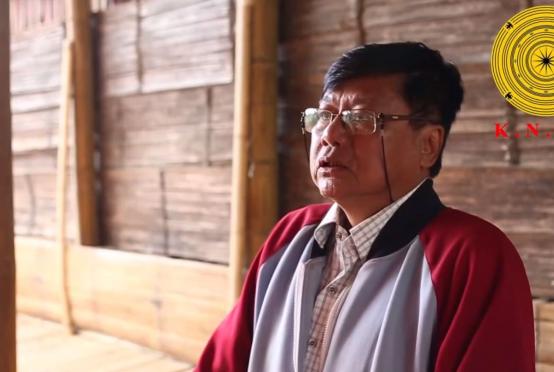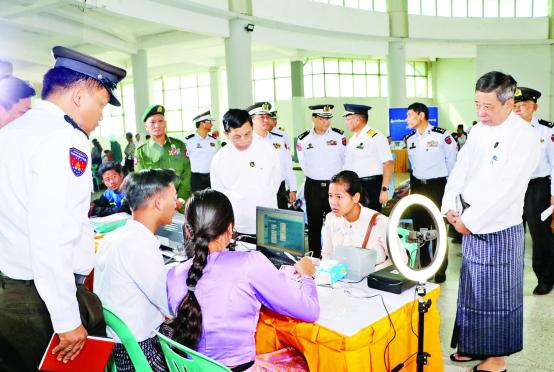The Japan News/ANN - A 32-year-old woman from India could not contain her delight as she watched the Summer Grand Sumo Tournament at Tokyo’s Ryogoku Kokugikan hall.
A 32-year-old woman from India watched the Summer Grand Sumo Tournament at Tokyo’s Ryogoku Kokugikan hall on May 24, and she could not contain her delight.
“Victory is decided in a split second, so the tension is amazing,” she said. “It was fascinating to watch all of the performances, including the people carrying the big banners around the dohyo ring before a bout.”
“I spent two weeks in Japan and visited places such as Kyoto and Kanazawa, and coming to the sumo capped off my trip with another memorable highlight,” she added.
Many foreign people were among the crowd at Ryogoku Kokugikan that day, including individual travelers like the woman from India and a group tour arranged by a New Zealand company. At nearby souvenir shops, cookies featuring images of sumo wrestlers’ faces were selling well.
Sumo has long been a highly popular “tourism product” among visitors to Japan, but in recent years this popularity has soared. Major travel agency JTB Corp. has prepared a range of sumo-related tour packages, some of which include watching sumo followed by a chanko hot pot dinner — a traditional meal of sumo wrestlers — or watching morning training sessions.
The number of people going on these sumo tours has been growing year by year, with the figure for 2018 about 15 times that of 2013.
“We receive many applications from Europe and the United States, where there is a high level of interest in traditional Japanese culture,” said a JTB official in charge.
The Japan Sports Agency has been advocating “sports tourism” to associate tourism with sports tournaments and inviting teams to hold training camps, and is cooperating with private companies and other entities to expand the number of inbound visitors.
Previously, outdoor sports such as mountain hiking and skiing that harnessed the nation’s rich natural environment were the mainstream choices, but in recent years traditional Japanese martial arts such as karate and judo have come under a brighter spotlight. There are even kendo tours available for foreign visitors to Japan.
In April 2016, the Okinawa prefectural government established a karate promotion section in its Culture, Tourism and Sports Department. In March 2017, the Okinawa Karate Kaikan hall, a facility serving as a hub for karate activities in the prefecture, was opened.
The facility details the history of karate, which originated in the prefecture, and the special features of each karate style. It also offers hands-on sessions for novices.
According to an official of the promotion section, the number of people who visited Okinawa Prefecture for the purpose of doing karate soared from about 330 in fiscal 2014 to about 7,170 in fiscal 2018.
These visitors stayed for an average of 10 days, longer than regular tourists. For that reason, the section official in charge said, “We expect this will have a ripple effect on local industries.”
Munehiko Harada, a professor at Waseda University and chairman of the Japan Sport Tourism Alliance, said: “Tourism driven by martial arts, including combat sports, has huge potential, but there are not enough plans in place to tap into this. There is plenty of room for growth.”
















